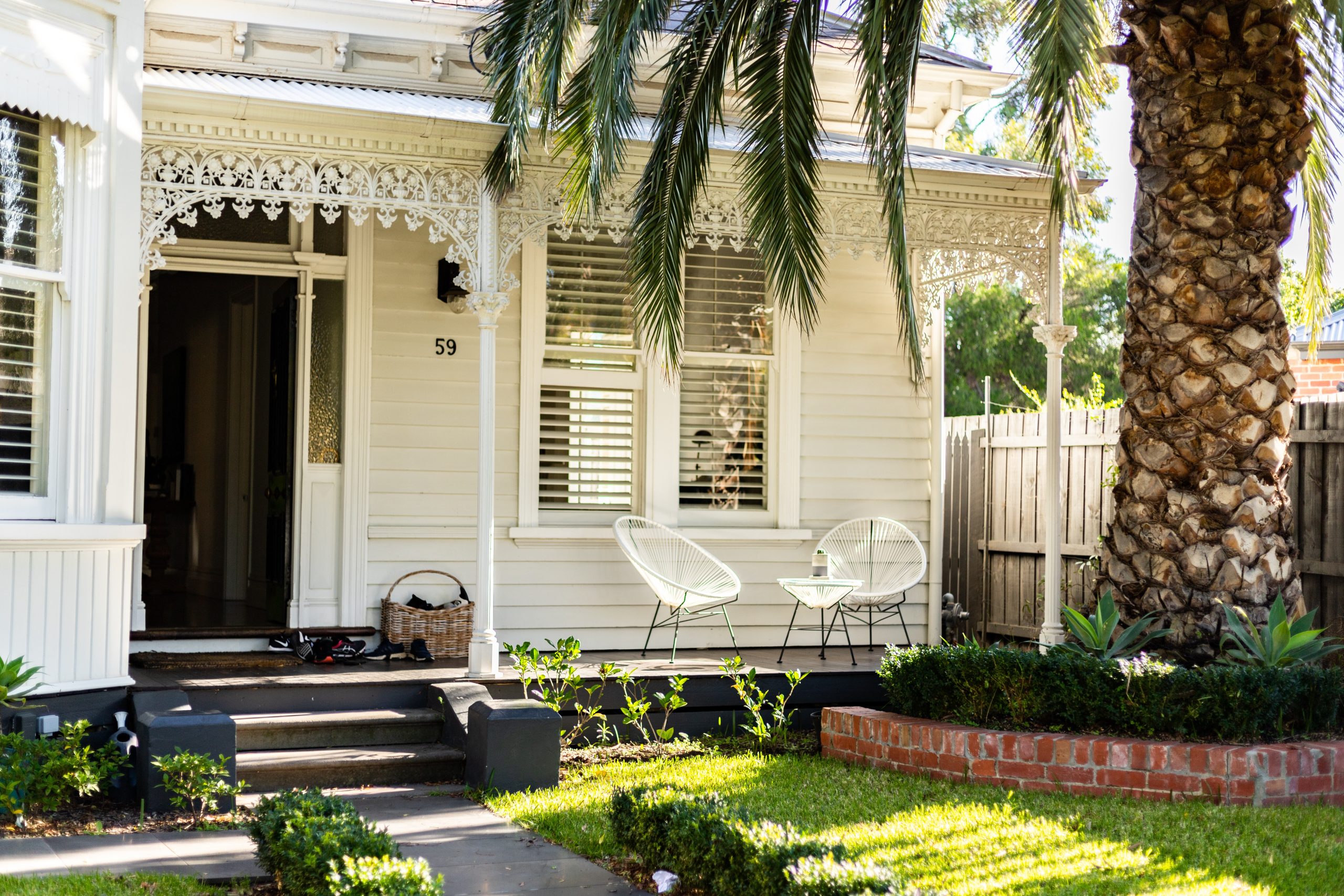Gardening is not only a relaxing and rewarding hobby, but it can also be a way to support local wildlife. By selecting the right plants and designing your garden with the needs of butterflies, bees, and birds in mind, you can create a beautiful and thriving ecosystem in your own backyard. In this article, we will explore some plant selection and design ideas to attract these important pollinators and wildlife to your garden.
Plant Selection
When selecting plants for your garden, it is important to choose those that are native to your region. Native plants have evolved to thrive in your local climate and soil conditions, making them more resilient and better suited to support local wildlife. Additionally, native plants often have co-evolved with local pollinators, making them an ideal food source for butterflies, bees, and birds.
Some examples of native plants that attract pollinators and wildlife include:
– Milkweed: This plant is essential for monarch butterflies, as it is the only plant on which they lay their eggs. Milkweed also provides nectar for other butterflies and bees.
– Coneflowers: These colorful flowers are a favorite of bees and butterflies, and their seeds are a food source for birds.
– Goldenrod: This plant is a late-season bloomer that provides nectar for butterflies and bees when other plants have stopped blooming.
– Sunflowers: These cheerful flowers are a favorite of bees and birds, and their seeds are a valuable food source for birds in the fall and winter.
Design Ideas
In addition to selecting the right plants, designing your garden with the needs of pollinators and wildlife in mind can help attract and support these important creatures. Here are some design ideas to consider:
– Create a variety of habitats: By incorporating different types of plants and structures into your garden, you can create a variety of habitats for different types of wildlife. For example, you might include a butterfly garden with nectar-rich flowers, a bee hotel for solitary bees, and a birdhouse for nesting birds.
– Provide water: All creatures need water, and providing a source of water in your garden can attract a variety of wildlife. This might include a bird bath, a small pond, or even just a shallow dish of water.
– Avoid pesticides: Pesticides can be harmful to pollinators and wildlife, so it is important to avoid using them in your garden. Instead, consider natural pest control methods, such as companion planting or handpicking pests.
– Plant in clusters: Planting flowers in clusters can make them more attractive to pollinators, as it allows them to efficiently gather nectar and pollen from multiple flowers in one area.
– Include a variety of colors: Different pollinators are attracted to different colors of flowers, so including a variety of colors in your garden can help attract a diverse range of wildlife.
Conclusion
By selecting the right plants and designing your garden with the needs of butterflies, bees, and birds in mind, you can create a beautiful and thriving ecosystem in your own backyard. Not only will you be supporting local wildlife, but you will also be able to enjoy the beauty and tranquility of a garden filled with colorful flowers and buzzing pollinators.




